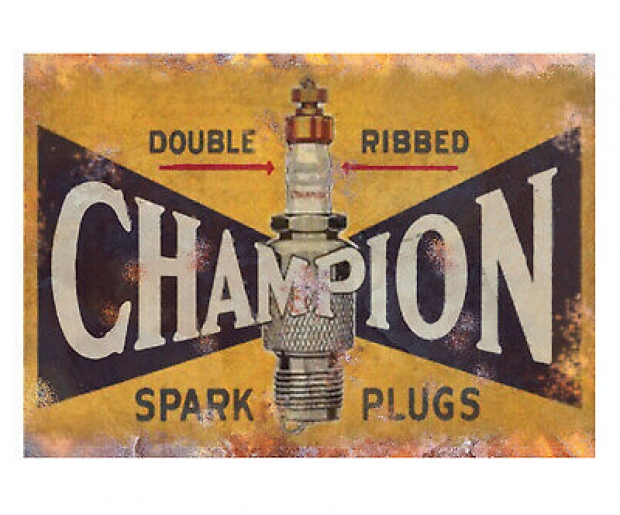Designed by Transient Plasma Systems [TPS] the system does away with the conventional coil-on-plug approach. Instead, much shorter pulses of plasma -- several nanoseconds -- are used to ignite the fuel-air mix inside the cylinder.
Since 2009, TPS has been working on commercializing the technology for the civilian market in a number of applications, but obviously it's the automotive one that interests me.
In a conventional four-stroke internal combustion gasoline engine, which works on the principle of suck-squeeze-bang-blow, the bang is created by a spark plug igniting the fuel-air mixture in the cylinder. That spark typically lasts several milliseconds, and although the control of that spark is now controlled electronically rather than mechanically, the principle is the same today as it was in 1910 when Cadillac added it to its engines.
The TPS systems have a much higher peak power than a conventional spark but the ignition is actually still low-energy, and therefore lower temperature and achieves better combustion at high compression ratios, more stable lean burning, and lower combustion temperatures within the cylinder.
The result is a more efficient engine and one that produces less nitrogen oxide. TPS has taken an efficient internal combustion engine which is 41 percent up to 45 percent.
TPS has designed the system to replace existing spark plugs, so companies don't have to redesign their engines to use it, the report says.
However, you will not be able to fit one to your own car. TPS wants to work with an established tier-one supplier to leverage existing relationships with OEMs as well as existing manufacturing capacity.




